Latest Fiber Deep
Data Sheets
Virtual Broadband Network Gateway
Ciena’s virtual Broadband Network Gateway (vBNG) is transforming the network edge with its ability to deliver network functions i ...
Infobrief
There's No Place Like Home—With a Good Network Co ...
Residential users need broadband services that are reliable, high performance, secure, and highly cost-effective.
White Paper
Cable's Fiber Outlook Survey Report November 2020
This Cable's Fiber Outlook Survey Report is produced by Light Reading and Heavy Reading in partnership with SCTE-ISBE. Ciena brin ...
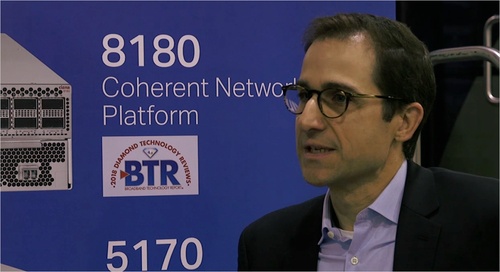
Video
SCTE Cable-Tec Expo 2018: Eli Cagiannos on the Ev ...
CED editor Bevin Fletcher caught up with Eli Cagiannos, Ciena’s MSO Practice Leader at SCTE CableTec and chatted about trends, th ...
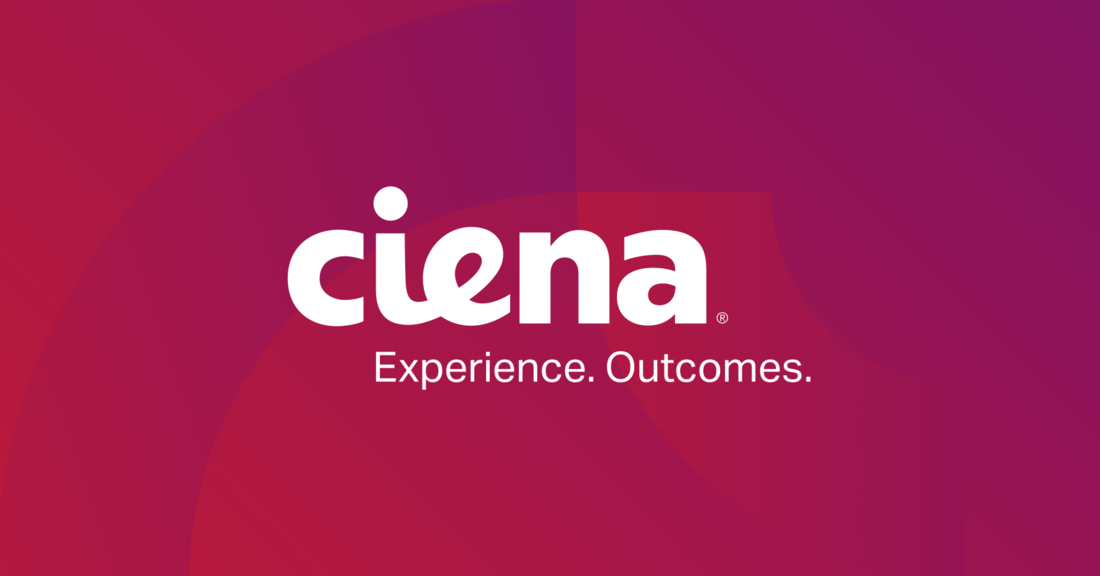
Video
Ciena at SCTE Cable-Tec - Wayne Hickey Interview
CED editor Bevin Fletcher caught up with Wayne Hickey at SCTE CableTec and chatted about TDM modernization, new services et al.
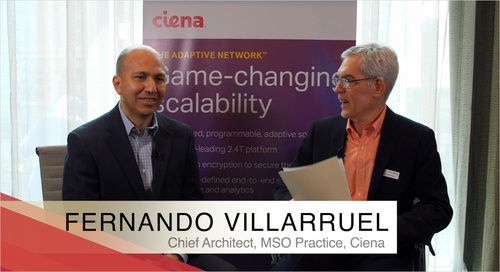
Video
Ciena Talks Converged Interconnect Networks at Ca ...
At Cable Next-Gen Technologies and Strategies, Fernando Villarruel, from Ciena talks about Converged Interconnect Network, DAA an ...
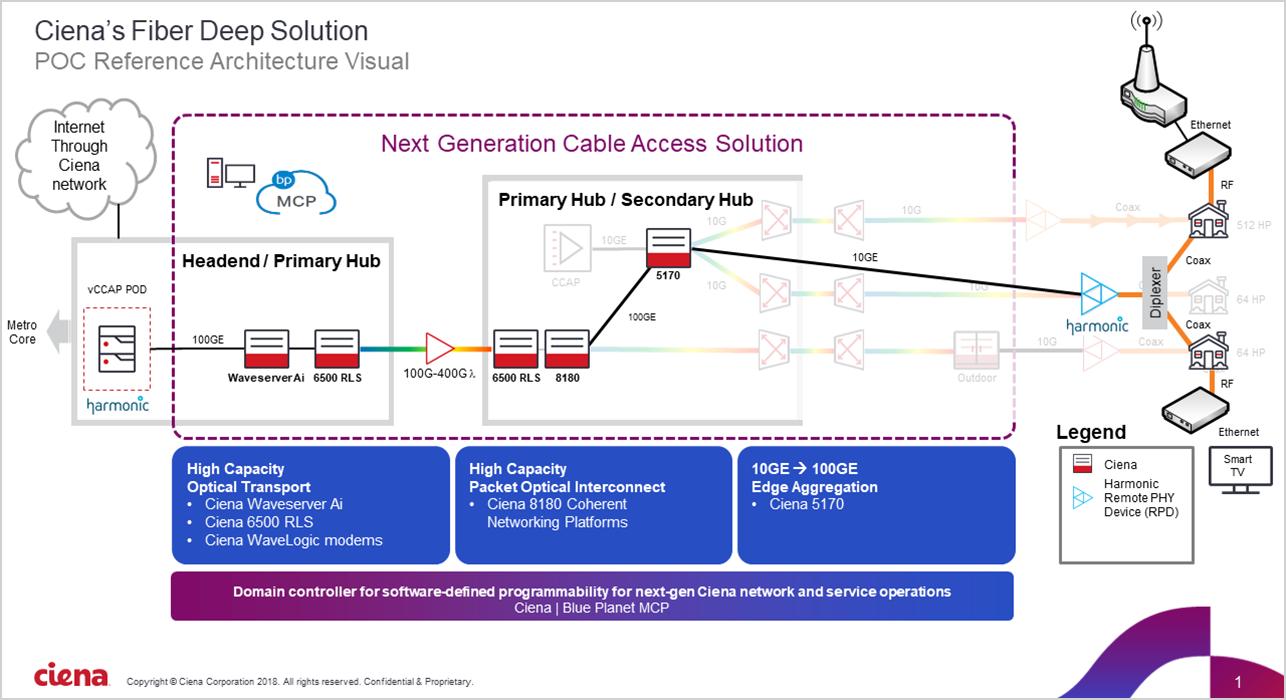
Video
In The Lab: Ciena's Fiber Deep (Converged Interco ...
In this video, the Ciena solution is interoperating with a Harmonic R-PHY device (RPD) and a Harmonic virtual CCAP (vCCAP).

Article
Edge Compute Article | Ciena
Almost 60% of cable executives surveyed by Broadband Success Partners said improved customer experience or enablement of new reve ...

Article
800G is here: pushing the boundaries of what your ...
The wait is over. 800G has been tested and proven in real production networks with Ciena’s WaveLogic 5 Extreme. Learn about how t ...

Article
Cable’s Fiber Outlook Survey – 87% Plan Aggregati ...
As part of the annual “Cable’s Fiber Outlook Survey Report”, Heavy Reading surveyed over 200 respondents to get insights on Distr ...
White Paper
Cable's Fiber Outlook Survey Report January 2020
Although few cablecos have actually deployed Distributed Access Architecture (DAA) technology en masse yet, it's viewed by many c ...

Article
Gearing-up Cable MSOs for the move up-market
U.S. MSOs were experiencing double-digit business services growth; however, did you know that growth has slowed in recent years? ...
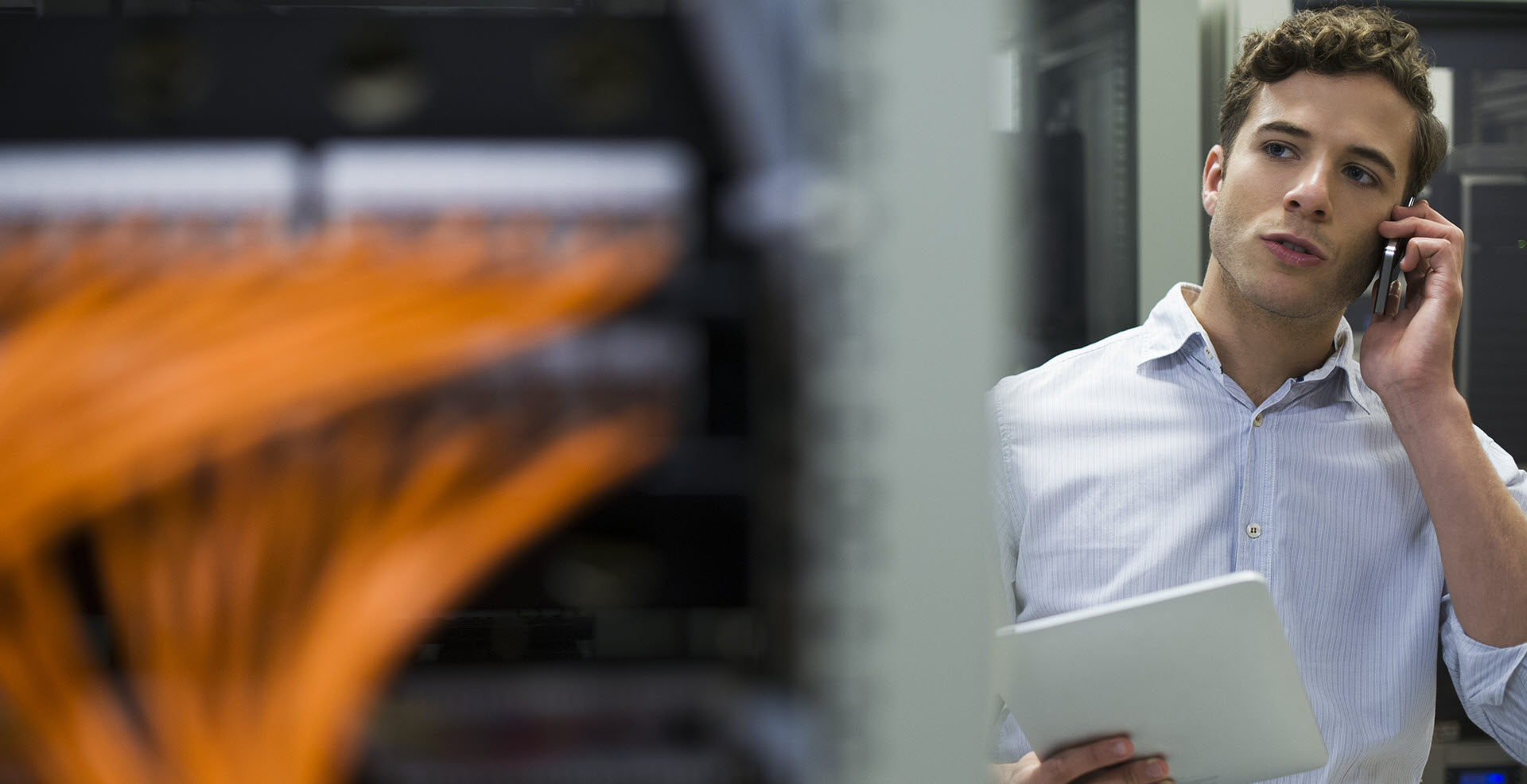
Article
How does Ciena’s 5171 help solve key networking b ...
Ciena’s 5171 platform delivers the capacity network operators need, where they want it – the network edge. In our popular Chalk T ...
White Paper
The Converged Interconnect Network
Ciena’s Fiber Deep Solution for the Converged Interconnect Network enables architectural and service convergence over a common CI ...
Data Sheets
8180 Coherent Networking Platform
Ciena’s 8180 Coherent Networking Platform combines industry-leading capacity with embedded intelligence of WaveLogic coherent tra ...
Webinar
Network Automation - DAA & Next Generation Ne ...
This Webinar will share the answers and insights from 25 Cable executives—their views and insights on the timing, drivers, gaps e ...

Article
Cables Network Automation Article | Ciena
Want to hear directly from cable executives about what is driving their network automation strategies? Broadband Success Partners ...

Article
Top 5 Takeaways from Light Reading’s CNG 2019 Con ...
Did the ‘bomb cyclone’ winter blizzard last week in Denver keep you from attending the annual Light Reading Cable Next-Gen (CNG) ...
Webinar
Delivering Services over a Distributed Access Arc ...
In this session, cable technologists will discuss their latest Remote PHY, Remote MAC/PHY and related moves; the new services the ...
Case Study
Preparing for the high-bandwidth future with Cien ...
One of Europe’s leading multinational telecommunications companies replaces its disparate legacy aggregation networks with standa ...

Article
6 Takeaways from Heavy Reading Cable’s Fiber Outl ...
Heavy Reading recently surveyed the SCTE membership about their fiber buildout plans, we take a look at the top six takeaways fro ...

Article
What is a Converged Interconnect Network (CIN)?
The term, Converged Interconnect Network (CIN), has been around for a few years now – but it is only now with its importance in e ...
White Paper
Cable's Fiber Outlook Survey Report
In this report, we present the responses to that comprehensive survey, look at what cable’s fiber-feeding frenzy is fueling and e ...

Article
What’s Next for Cable Business Services?
For cable operators, business services have been a key growth engine for years. Ciena’s Darren McKinney explains how cable MSOs m ...




